The Michelin Star of Japan’s Food Culture
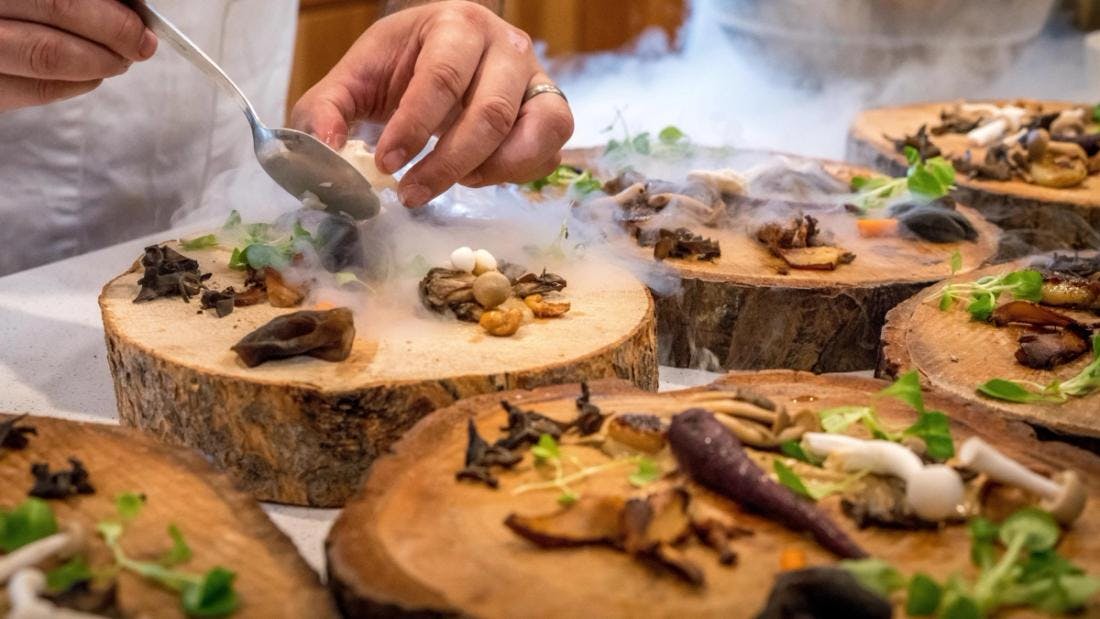
The Michelin Star of Japan’s Food Culture - Eat Pro Japan
Tokyo is known around the world as a leader of culture. The food culture of Tokyo is no exception, with Tokyo holding the most Michelin stars of any city on Earth! Michelin stars act as a symbol of extreme status in the restaurant world and bestow a sense of pride and confidence, while just as easily destroying that special status if they are stripped away. But what exactly are these “stars” and what do they mean?
History of the Michelin Stars
Michelin stars are awarded by the Michelin Guide. The Michelin Guide is a series of guidebooks published by the French tire company Michelin, originally to help increase tire sales. To increase demand for cars—and thus, demand for tires—Michelin created a guide to encourage road trips and showcase local amenities like mechanics, and attractions like restaurants in France. The Michelin Red Guide, the oldest European hotel and restaurant reference guide, is the specific Michelin Guide that awards Michelin stars based on quality. The Michelin star rating system was first introduced in 1926 with the award of one star going to deserving restaurants. Since 1933, an award of up to three stars may be given to restaurants good enough to make the cut. Some have criticized the guide for having a bias towards French cuisine and formal dining styles. However, Michelin has since claimed to strongly focus on the quality of food rather than other qualities and has awarded stars to restaurants across the globe, with some stars even going to restaurants offering food at low prices. Stars bring more than just prestige to a restaurant. Even one star can bring a wealth of notoriety and new customers eager to see what makes a given restaurant so special. Restaurants all over the world strive to be able to earn as many of these coveted Michelin stars as possible.
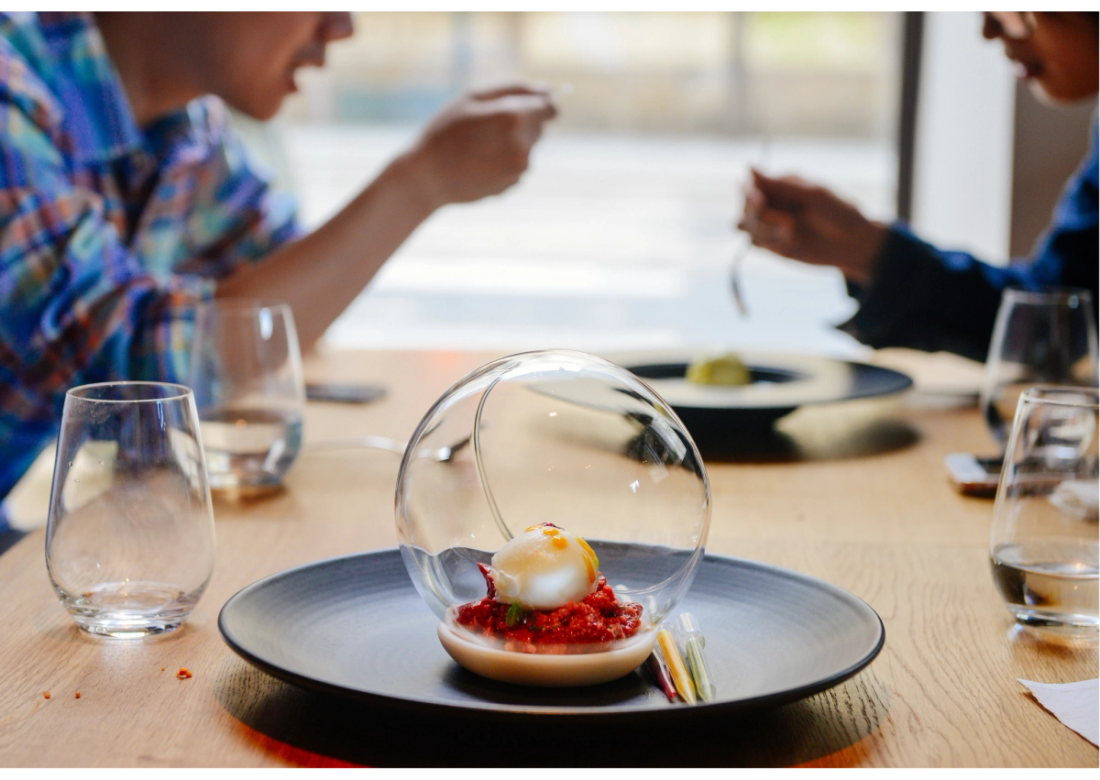
The Michelin Star of Japan’s Food Culture - Eat Pro Japan
Who Awards Stars?
The Michelin Guide has awarded stars to restaurants in more than 25 countries across the world. Stars are not easy to receive and are awarded to top restaurants in each city, according to the guide. Currently, there is a staff of about 120 full-time anonymous restaurant reviewers called ‘inspectors’. The inspectors take their secretive position seriously and sometimes even keep the secret from their own families. The reviewers are passionate about food, possess an eye for detail, and have a memory for food good enough to remember and compare all types that they come across. Inspectors are said to sample about 240 restaurants each year.

The Michelin Star of Japan’s Food Culture - Eat Pro Japan
How Michelin Stars Are Awarded
While the exact details of how restaurants are graded is unknown, we do know a decent amount about the process. An inspector will visit restaurants under review and write a detailed record of each experience they have. Inspectors will then come together to decide which restaurants get stars and how many stars will be awarded to each restaurant. One star signifies ‘a very good restaurant in its category’, worthy of a stop along the way. An award of one star typically denotes a great selection of food that nonetheless is lacking in some element, but this does not mean that receiving one star is an insult to the restaurant. Even receiving one star is a great honour. A restaurant with an award of one star must have four positive visits from inspectors before it can receive two stars. Two stars denote ‘excellent cooking, worth a detour’. Two-star restaurants must have ten positive visits from inspectors before receiving three stars. A restaurant awarded the coveted ultimate award of three stars is a restaurant with ‘exceptional cuisine, worth a special journey’. A star rating is updated once a year to coincide with each year’s Michelin Guide. The exact scoring procedure is a mystery, but it is known that stars are awarded based on factors like the quality of the food, the mastery of cooking techniques displayed, and the presentation of the chef’s personality in the dish. The value of the meal for its price, as well as consistency between visits from inspectors, are also strong factors. Factors like the quality of service and interior decor are not factored into a star rating. However, the guide also offers commentary on the setting of a restaurant. A different score, counted by the number of “forks and spoons” given, describes how fancy or casual a restaurant is. Additionally, there is a “Bib Gourmand” award given to restaurants who offer quality food at a “value price” based on the local economy.
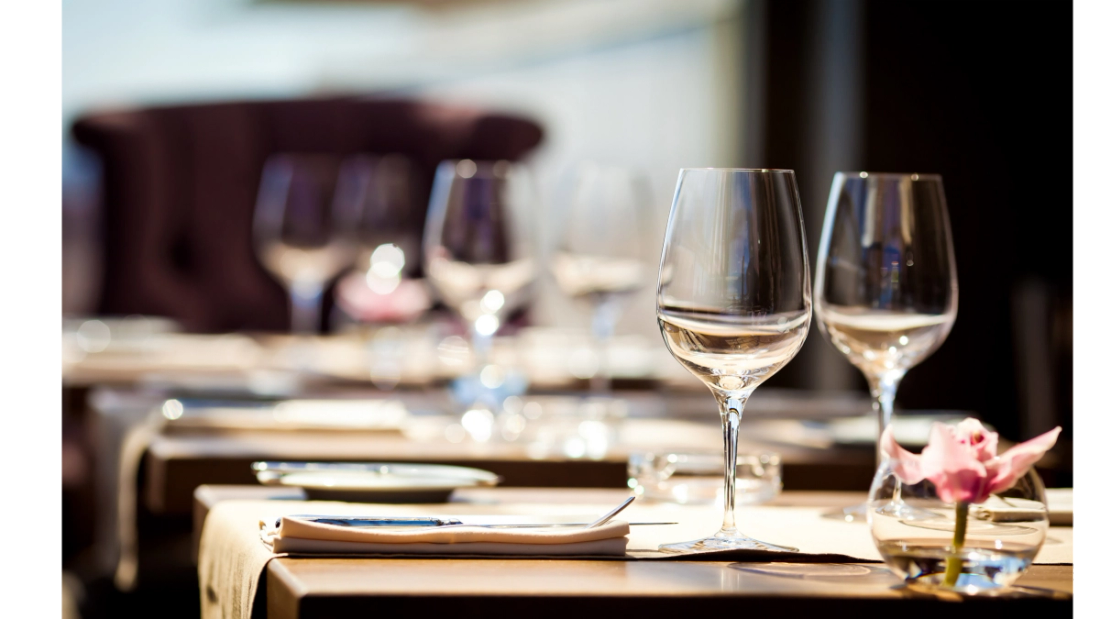
The Michelin Star of Japan’s Food Culture - Eat Pro Japan
Michelin Star Restaurants in Japan
Tokyo holds the record for the city with the most Michelin-starred restaurants in general, at 226, as well as the most 3-star Michelin restaurants, 11 out of the 226. As of 2020, Tokyo has held this record for 13 consecutive years. A few restaurants in Tokyo have lost their three-star status recently, but this does not mean that there has been any loss in the quality of these establishments. One of them was called Sukiyabashi Jiro Honten, a restaurant featured in the Netflix documentary Jiro Dreams of Sushi. It had been awarded, and has since retained its three stars since Michelin added Japan to its guides in 2007. The other, Sushi Saito, has been called the ‘best sushi restaurant in the world’ and has served various Western personalities from former President Barack Obama to singer Katy Perry. These restaurants did not lose their stars due to a dip in quality but rather to the fact that the restaurants stopped accepting reservations from the public, making them too exclusive to be included in Michelin’s reviews. The fact that these restaurants were simply disqualified and did not actually lose a star shows how incredible Tokyo’s restaurants are! Michelin-starred restaurants in Tokyo serve up a variety of food types: Traditional Japanese, French, Italian, even Danish. But quality does not have to mean breaking the bank. Over 230 restaurants in Japan have been awarded the Bib Gourmand award, meaning foodies can score a high-quality meal for less than ¥5000 (about $50 USD). Many Bib Gourmand restaurants have selections ranging from around ¥1000 (about $10). For example, the average bill at Toritsune Shizendo is often more than ¥10,000 (about $100), but the oyakodon lunch set (a rice bowl topped with eggs and chicken) will only set foodies back ¥1000 (about $10). Likewise, Konjiki Hototogisu, a restaurant with one Michelin star, serves ramen for ¥900 (about $9). From the cheap to the expensive, the dining scene in Japan is unlike any on Earth!
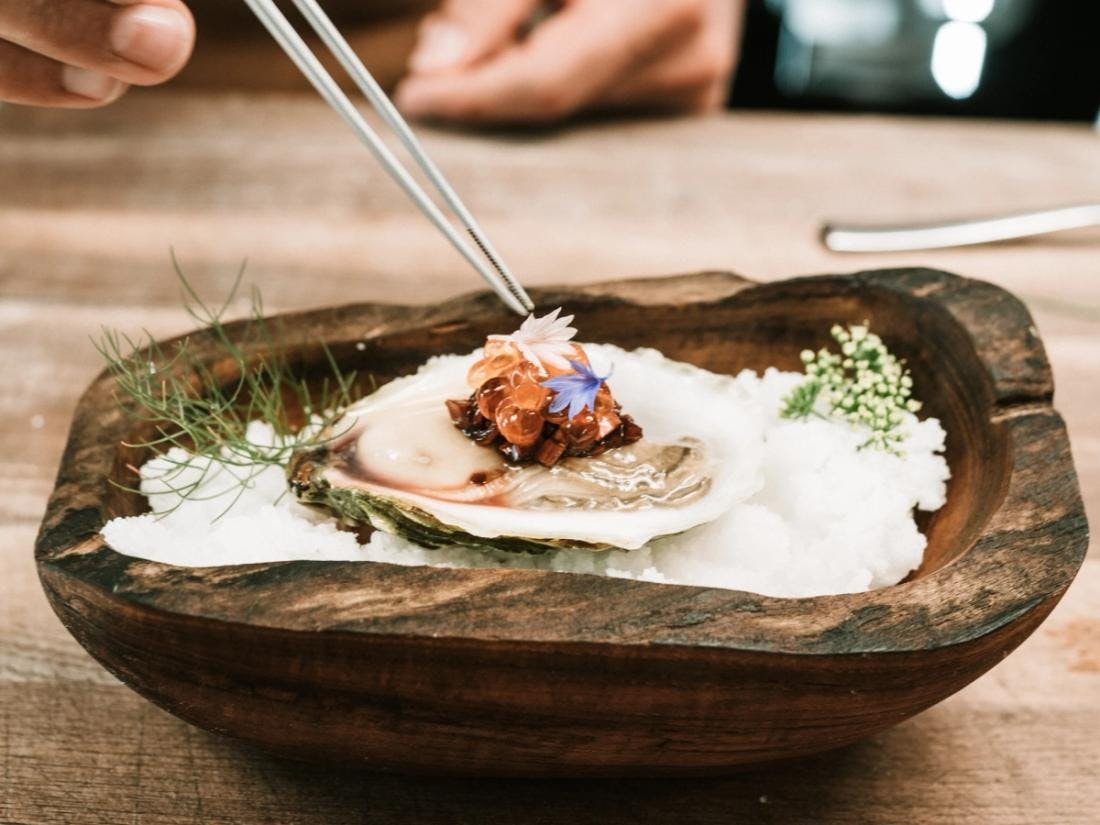
The Michelin Star of Japan’s Food Culture - Eat Pro Japan
Why Does Tokyo Have So Many Michelin Stars?
But why does Tokyo have so many restaurants that have earned Michelin stars? The truth is that Japan is a perfect hotbed for fostering Michelin-grade restaurants for a few reasons.
1. Quality of Ingredients
As discussed above, the quality of the ingredients a restaurant uses plays a pivotal role in earning Michelin stars. Many 3-star restaurants are expensive specifically because of their high-quality ingredients. Tokyo excels in this category with its bountiful access to high quality produce and fish. Aiding in this is the tendency for Japanese people to appreciate high quality food, creating a perfect place to find the best ingredients.
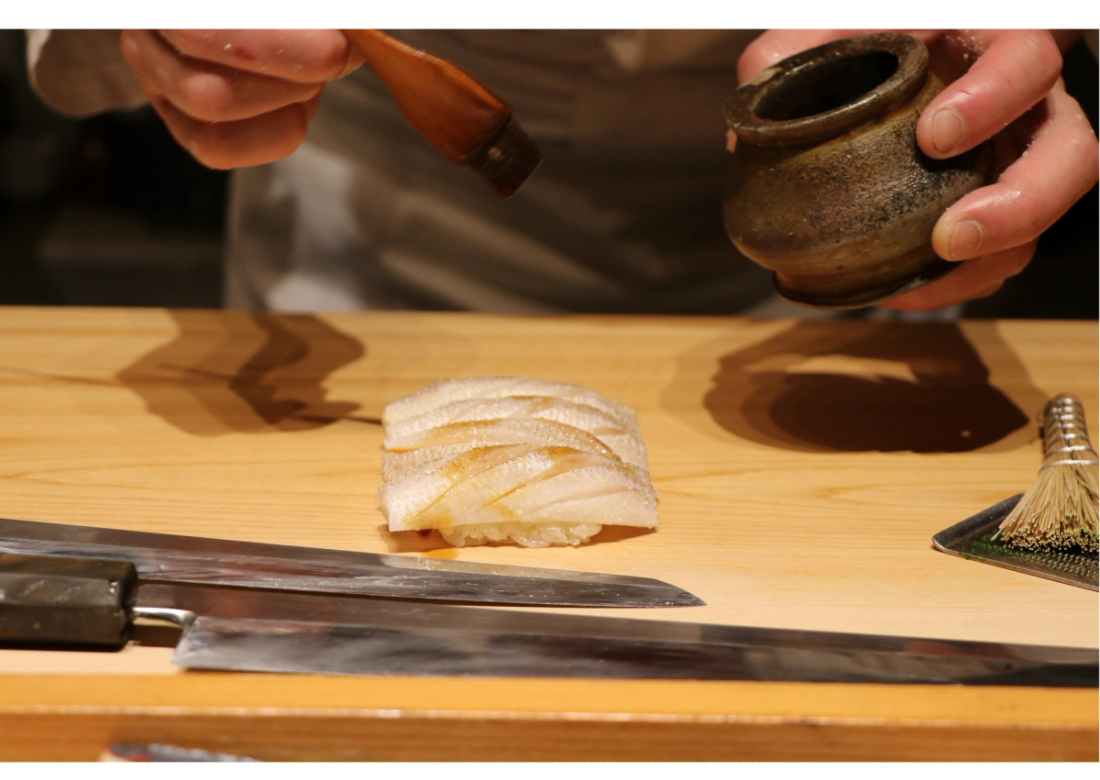
The Michelin Star of Japan’s Food Culture - Eat Pro Japan
2. Chef Geniuses
No restaurant could gain Michelin stars without a true culinary genius behind the reins, and Tokyo concentrates the country’s top culinary talent in one area. Japan’s leading food critic, Masuhiro Yamamoto, claimed that 3 stars could not be obtained without a genius. Japan is in no shortage of geniuses.
3. Japanese Food Culture
Japan is obsessed with food and has a strong food culture. Japanese people have learned to know and appreciate the difference time and effort can have on food. Japanese food culture is known for fostering the cultivation of individual specialties. A good Japanese chef will often focus on honing their skills with one culinary tradition. This chef will work, sometimes their entire life, to master a single dish. The push from Japanese locals for high quality food and the pressure from other chefs mastering their craft means Japanese restaurants need to be operating at high levels to stay open.
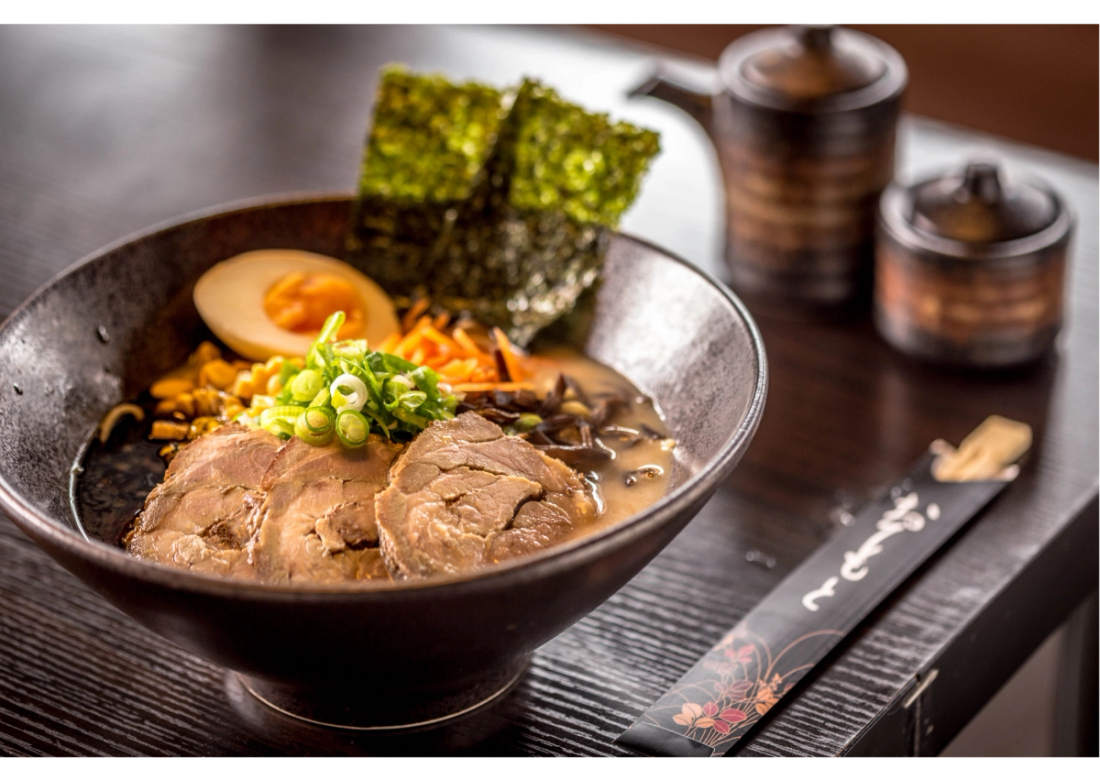
The Michelin Star of Japan’s Food Culture - Eat Pro Japan
4. Perfect Climate for Critics
All the points above make Japan an ideal climate for the many wants of a critic. Michelin inspectors specifically look for food that goes beyond a simple meal and transcends into an artful cuisine experience. The quality of ingredients and the intricacy of dishes displayed by Japanese restaurants are exactly what inspectors are after. The focus in Japanese culture on pleasing presentations of everything, from gifts to food, certainly helps as well.
Japan is world renowned when it comes to food, and its wealth of Michelin stars show it. From Kyoto to Osaka to Tokyo, Japanese chefs are always striving to create the ultimate dining experience. Whether you simply want to make a small detour for food or want to plan a whole trip around a high-quality eatery, make sure to check out the wonderful Michelin-grade restaurants across Japan! And, of course, do not forget to browse the wonderful restaurants here at Eat Pro Japan as well!